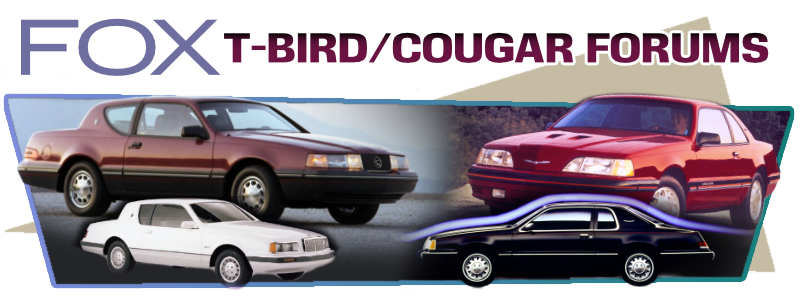Re: cylinders vs rpm

Reply #10 –
Exactly, the little engines make very little toque at normal driving RPMs. I experienced this w/ my winter car, geo storm, made by Isuzu, w/ a dohc 1.6L. It had a peak hp of like 130, but that was at 7600 RPM. Which you don't get to see that often, and it had a hard time getting itself moving. It didn't even start making power until around 4000. To get the car into the where it will actually make any power they have to be geared down. Which then causes it to turn high RPMs. The high RPMs are great for racing, but doesn't work too well on the street. You really can't gear you car and just cruise at 5000 rpms all day to have power when you want to mash the gas. And you can only have so much overdrive in a transmision. More RPMs are also more wear on parts, and more gas. Which kinda defeats the purpose of a 4 cylider, economy. As far as turbos go, I dont really think a 4 cyl. turning high RPMs would be better than a v8 turning lower RPMs. Sounds like Ricer logic, just thinkin because there motors are spinnin faster then there car must be faster, or be able to spool a turbo faster. A v8 is able to flow the same amount of exhaust at a lower RPM. The turbo doesn't care about the size of engine or # of cylinder, only the amount of air flowing through it. Also, with a v8 you get off turbo power before the turbo spools, which would really help on the street. Also givin a 4 and 8 cylinder motors with the same turbo a v8 should spool it faster. More exhaust flow as soon as you hit the gas from a roll. While the 4 will have to climb up the RPMs until it finally makes boost. I saw a video of a turbo civic. It was a fast car, but he'd nail the gas and it accelerate pretty slow till it hit like 5000 RPM then break the tires loose and pull hard to redline, he'd shift then it'd repeat. Go over to turbomustangs.com, most those cars reach full boost by around 3500. Also there are many cars runnin 500 rwhp on the stock HO short block, that just amazes me. Ok, that said, I'm no expert, this is just my logic and opinion.
 Topic: cylinders vs rpm (Read 2563 times)
previous topic - next topic
Topic: cylinders vs rpm (Read 2563 times)
previous topic - next topic
